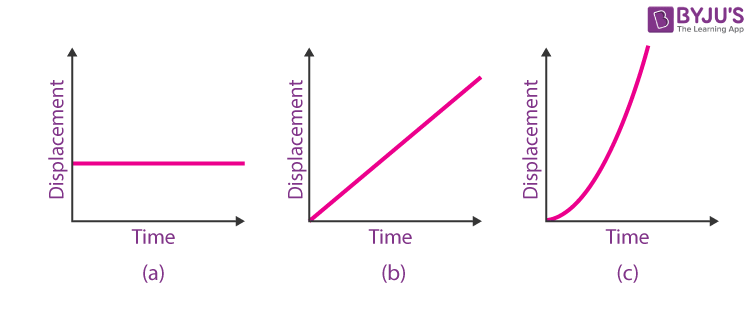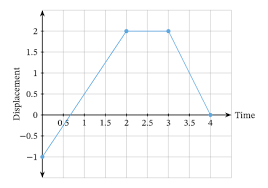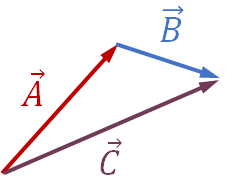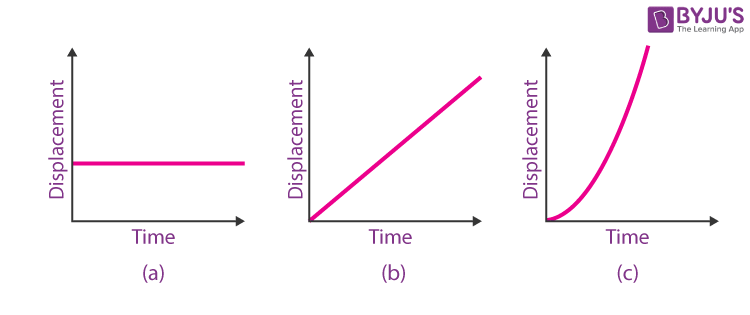Define a vector
A vector has both magnitude (amount) and direction
Acceleration is the rate of change of what?
Acceleration is the rate of change of velocity (or speed)
What is the acceleration due to gravity in SI?
9.81 m/s2 9.8 is OK. Use 9.81 with 3 or more sig figs.
(And you thought this one was something to solve.)
What is Mr. Bruce's favorite football team, and who is its head coach?
USC Trojans
Lincoln Riley
What do you call something which has magnitude (amount) but no direction?
What is a scalar?
Acceleration applies to changes in speed as well changes in what?
Changes in direction.
You drop a ball from an unknown height, and it strikes the ground 4.0 seconds later. Ignoring air resistance, from what height was it dropped?
We have a = g and t = 4.0 sec. x = ?
Choose the equation to use:
x = vit + (1/2) + (/2)at2
x = (1/2) gt2 = 4.9 (m/s2)(4.0 s)2 =
78.4 m ~ 78 m (2 sig figs)
1/2 credit for assuming g = 10 m/s2 --> 80 m. (2 sig figs, so use 9.8 m/s2)
Whom did Mr. Bruce's favorite football team lose to in a bowl game last year?
Tulane... and don't ever remind him of it!
Speed at any instant
What is Intantaneous speed
List something which is a scalar
distance, time, volume, mass, speed... but NOT displacement, force, velocity, acceleration...
Acceleration is measured in what units in the SI system?
m/s/s or m/s2
A ball is dropped from a cliff. How fast will it be going after 2.0 seconds? (Ignore air resistance.)
v=gt = (9.8 m/s2)(2.0 s) = 19.6 m/s
1/2 credit for assuming 10 m/s2 -->
20 m/s
 Choose the target which is precise, yet not accurate aiming:
Choose the target which is precise, yet not accurate aiming:
B
The rate of change of distance or displacement
What is velocity (or speed)
In a car what are three controls that are used to change the velocity?
Gas pedal, brake, and steering wheel (direction)
(You must have all 3.)
You increased your velocity from 10.0 m/s to 30.0 m/s, and it took 4.0 seconds to do so. What was your acceleration (include units in your answer)?
(30.0 m/s - 10.0 m/s)/(4.0 s) =
5.0 m/s2 (2 sig figs)
An object is dropped from a height of 30.0 m. Ignoring air resistance, what is its instantaneous velocity an instance before it strikes the ground?
Use vf2 = vi2 + 2gx So vi = 0 -->
vf = (2*9.8m/s2*30. m)1/2 = 24.248 m/s ~ 24.2 m/s
(1/2 credit if correct answer, but wrong sig figs)
Which of the three graphs shown represents uniform acceleration?

C
What is the velocity in the section of the displacement vs. time graph shown between 1 and 2 seconds?

V is the slope, so (2.0- 0.5 m)/ (2 - 1 sec.) = 1.5 m/s
The vectors A and B shown below are being added by which method?

Head-to-tail method
What kind of curve will be formed for an object accelerating on a displacement vs. time graph?
a parabolic curve. (2nd degree or quadratic acceptable)
A man in a parachute is drifting downward at a velocity of 10.0 m/s , when he drops his cell phone, where it falls for 3.00 seconds before striking the ground. Ignoring air resistance, what was its instantaneous velocity an instant before it struck the ground, and how far did it fall?
(Yeah, 2 parts) 80 seconds.
Start the timer! :-)
Part 1) vf = vi + gt = 10.0 m/s + (9.8 m/s2)(3.00 s.) = 39.4 m/s
Part 2) x = (10.0 m/s)(4.00 s) + (4.9 m/s2)(3.0 s)2 = 74.1 m
(1/2 credit for each part)
Which of the three graphs shown represents uniform velocity?

B